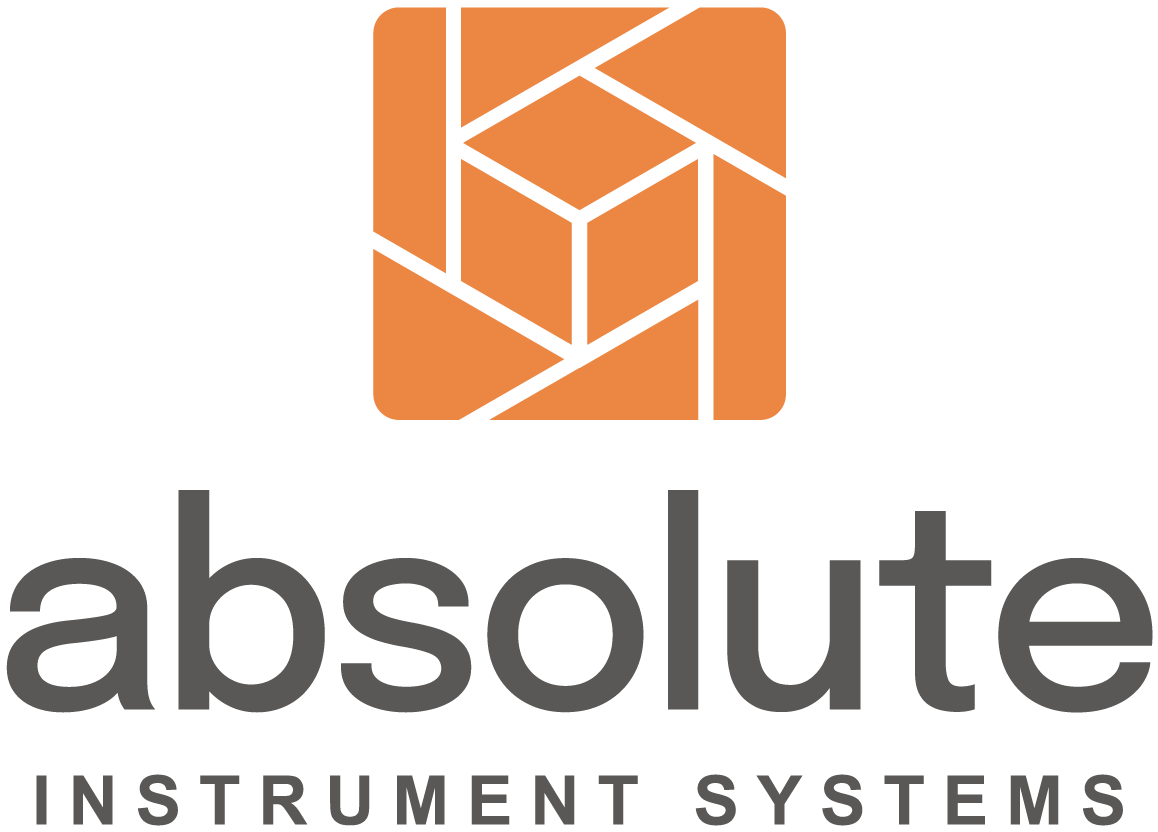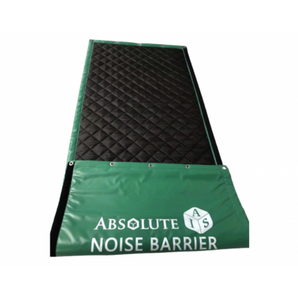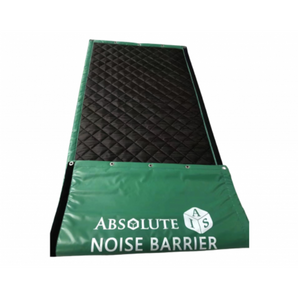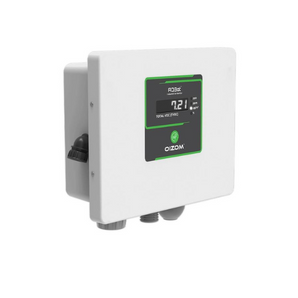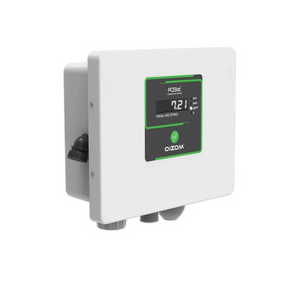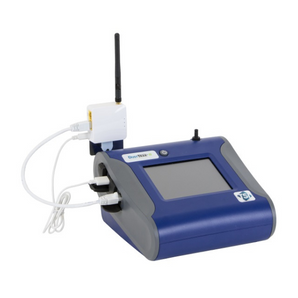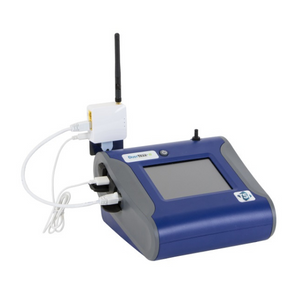Noise pollution is one of the most underestimated risks in industrial environments. While it's easy to associate pollution with smog or waste, noise can be just as harmful, especially when left unmanaged at the edge of industrial premises. In Singapore, it’s not unusual for industrial facilities to be located just a few steps away from residential or commercial areas. That’s why managing noise at the edges of a property isn’t just about being a good neighbor, it’s a legal requirement.
It usually starts with a complaint, someone nearby says the noise is keeping them up at night or disrupting their workday. And that’s when companies realize they need a clear, measurable way to understand the sound they’re sending beyond their walls. That’s where Boundary Noise Monitoring becomes essential. More than just a regulatory requirement, it’s a structured, science-backed approach to measuring, analyzing, and controlling noise emissions at the property line.
Noise pollution matters, especially at the boundaries
Unlike internal occupational noise, noise pollution that crosses into adjacent properties affects people who didn’t choose to be exposed to it. These might be residents living near industrial estates, workers at adjacent commercial properties, or even students at nearby schools. The impact of noise, particularly at night or during weekends, can result in sleep disruption, stress, and reduced quality of life. That’s why Singapore’s National Environment Agency (NEA) enforces specific boundary noise limits depending on land use and time of day.
By conducting Boundary Noise Monitoring, companies take responsibility for the external consequences of their operations, identifying whether their activities are affecting the surrounding environment in ways that are unacceptable or illegal. And in a dense city like Singapore, that level of accountability matters.

How does boundary noise monitoring work in practice?
Boundary Noise Monitoring isn't guesswork, it’s a structured process that involves the strategic placement of sound level meters along the perimeter of a facility to measure how much noise is escaping into adjacent areas. These measurements are typically carried out over a defined period and compared against NEA’s permissible noise levels, which vary depending on time of day and land use zoning.
To take it a step further, advanced service providers use tools like SoundPLAN, a leading noise modeling software, to simulate how sound propagates through the environment. By combining real-world measurements with modeled data, businesses gain a complete picture of how their operations impact surrounding spaces under different conditions. This allows for detailed, visual representations of noise spread, helping management make evidence-based decisions.
If you are interested in Boundary Noise Monitoring, at Absolute Instruments, we can help.
Complying with Singapore’s noise pollution regulations
Singapore’s Environmental Protection and Management (Boundary Noise Limits for Premises) Regulations are clear: businesses must ensure that the noise emitted from their premises does not exceed the maximum allowable levels at their property boundary. These limits depend on the type of neighboring property (residential, commercial, industrial) and whether it's day or night.
Failure to comply can lead to fines, operational restrictions, or forced shutdowns, especially in cases of repeat violations. But more than the risk of penalties, non-compliance often triggers community complaints, which can lead to reputational damage and strained relations with stakeholders.
By investing in professional Boundary Noise Monitoring, businesses don’t just meet regulatory expectations, they also gain the data needed to defend their operations, plan better infrastructure layouts, and engage more transparently with neighboring communities.
The broader benefits of managing noise pollution
While compliance is a key driver, the benefits of managing noise pollution through boundary monitoring extend beyond avoiding legal trouble. Here’s what else it unlocks:
-
Improved workforce well-being: Noise doesn’t respect property lines. High boundary levels can reflect poor internal control, which may also be affecting your staff.
-
Data for future planning: Modeling results from tools like SoundPLAN can guide noise barrier placement, building orientation, and machinery relocation, leading to smarter facility design.
-
Risk reduction: Real-time data can help identify emerging issues before they become regulatory violations or public complaints.
-
Environmental credibility: Demonstrating that your company tracks and reduces its noise footprint enhances your ESG performance, something investors, regulators, and clients are all paying more attention to.

A culture of accountability and prevention
One of the most powerful aspects of Boundary Noise Monitoring is the shift it encourages from reactive to preventive management. Instead of waiting for someone to report a problem, companies can get ahead of it by understanding their environmental impact and taking the best steps to minimize it.
More importantly, it reflects a culture of accountability. In an era where transparency is increasingly expected, being able to share your noise data, your models, and your mitigation actions shows that your business is serious about environmental stewardship.
Conclusion
Noise pollution may not leave a visible mark, but its effects are real and increasingly regulated. For businesses operating in Singapore’s dense urban-industrial mix, Boundary Noise Monitoring is no longer just a smart option. It’s an operational necessity.
With the right tools and a commitment to ongoing assessment, companies can protect their license to operate, reduce risks, and genuinely improve the environments they’re part of. Because in the long run, the loudest signal you can send is that you care enough to listen.
